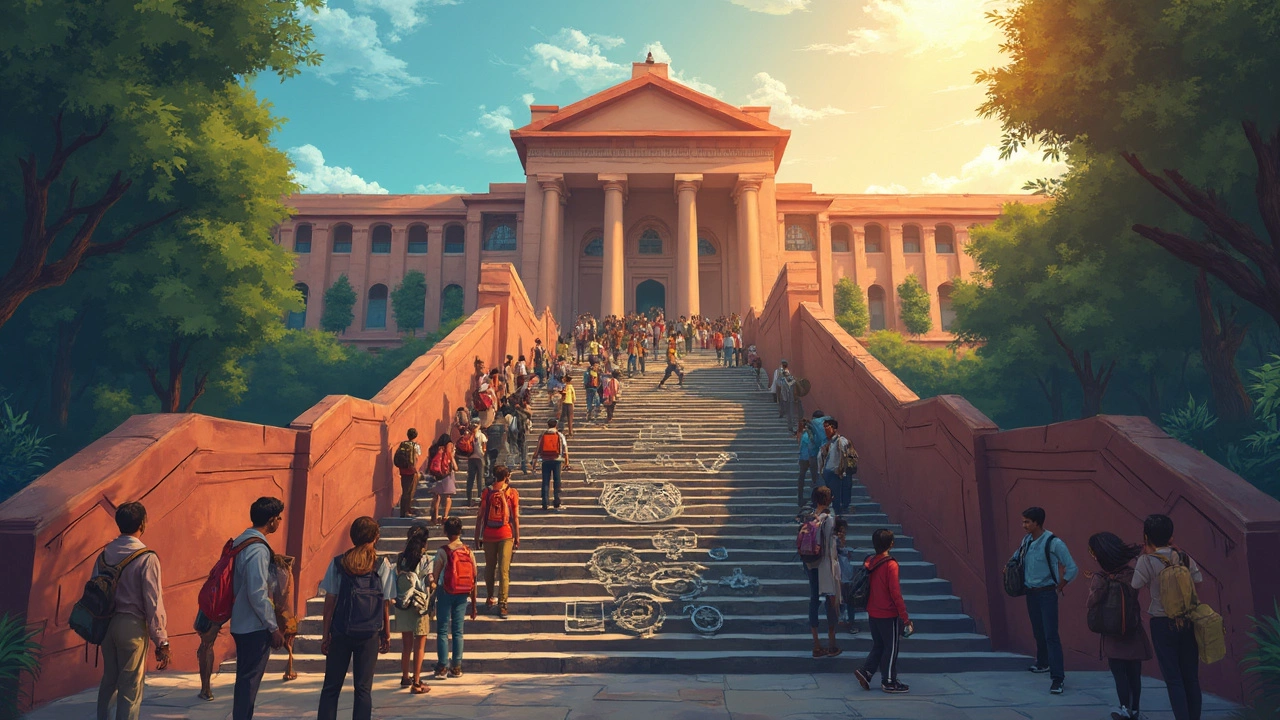Engineering Difficulty: Why IIT JEE Feels So Tough and How to Beat It
If you’ve ever stared at a JEE question paper and felt your brain melt, you’re not alone. The engineering entrance world in India is famous for its high pressure, massive syllabi, and competition that feels endless. But the good news? The difficulty isn’t a mystery you can’t crack. It’s a mix of a few clear factors, and once you see them, you can plan smarter, not harder.
JEE Main vs JEE Advanced: What Makes Each Unique
First, let’s separate the two big beasts. JEE Main is the gateway – it tests core concepts of Physics, Chemistry, and Math at a level that’s challenging but manageable with steady study. The questions often stick to textbook formulas and basic problem‑solving tricks.
JEE Advanced, on the other hand, is the final hurdle for IIT seats. It digs deeper, mixes topics, and throws curveball questions that test your ability to think outside the standard textbook. That’s why many students feel the jump in difficulty is huge. The biggest difference isn’t just the question style; it’s the mindset. Main rewards consistency, Advanced rewards creativity.
Practical Ways to Lower the Engineering Difficulty
Now that you know where the pressure points are, here are three simple steps to make the challenge feel doable.
1. Build a strong NCERT foundation. No matter how many coaching notes you collect, NCERT books are the base for both Main and Advanced. Spend the first few weeks mastering every concept, then use them as a safety net when you face tougher problems.
2. Mix practice sources. Relying only on one set of mock papers limits your exposure. Combine previous year JEE papers, reputable coaching test series, and even good online quizzes. This variety forces you to adapt to different question styles, which is exactly what Advanced expects.
3. Focus on problem‑solving patterns. Instead of memorizing solutions, look for recurring tricks – like using symmetry in physics or common algebraic substitutions in math. Spotting these patterns cuts down the time you spend on each question and boosts confidence.
Remember, engineering difficulty isn’t about being "smart enough"; it’s about having a plan that matches the exam’s structure. Use the gap between Main and Advanced to your advantage: treat Main as the training ground, and keep Advanced as the final showdown where you apply all the creative tricks you’ve practiced.
Finally, keep the stress in check. Short breaks, a bit of exercise, and talking to peers who understand the grind can keep burnout at bay. When you treat the difficulty as a series of small, solvable steps, the mountain becomes a series of hills you can climb one at a time.
So, if you’re ready to face the engineering difficulty head‑on, start with a solid NCERT base, diversify your practice, and hone your problem‑solving patterns. The JEE road is tough, but with the right strategy, you’ll find the path clearer and the finish line closer.
Which IIT Branch is the Toughest? Decoding the Challenge
When it comes to cracking IIT JEE, every aspirant wonders which branch poses the greatest challenge. The Indian Institutes of Technology offer various branches, each with its own level of difficulty and demands. In this article, we'll explore which branch is considered the toughest and why. Factors like curriculum intensity, workload, competition, and job prospects play a crucial role in determining the difficulty level. Understanding these can help students make informed decisions about their academic and career paths.
read more